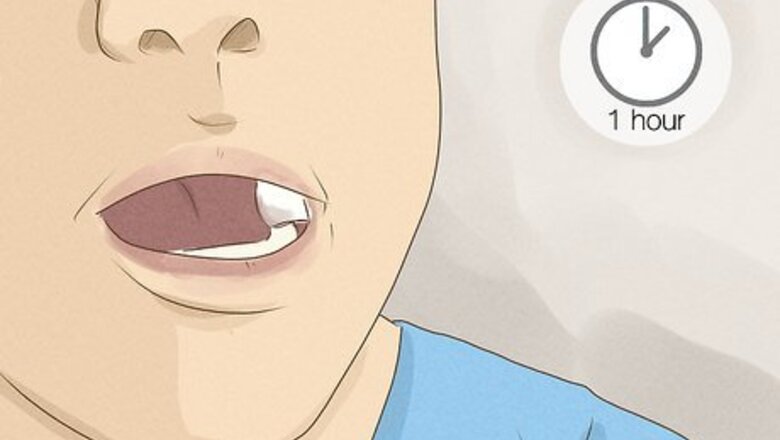
views
Changing How You Eat
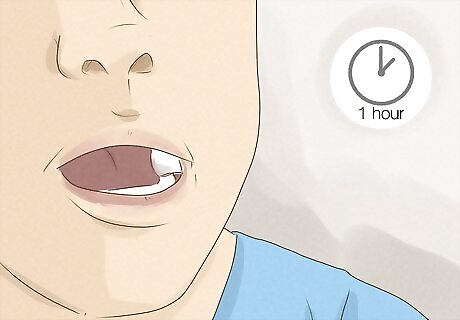
Wait at least 1 hour after your surgery to remove the gauze and eat. It’s normal for the area to bleed for the first 24 hours after your surgery. Your dentist will have placed gauze on top of the extraction site after your surgery and may have given you some to take home. If the site starts to bleed again while you’re eating (or at any time), gently bite down on a fresh piece of gauze or a damp tea bag until the bleeding stops. If you plan to take pain medication, you’ll need to eat something to help coat your stomach and prevent nausea. You may not feel like eating anything after your surgery, and that’s okay because the wound will need at least an hour to form a blood clot so it can stop bleeding. If your dentist didn’t give you gauze to take home and you don’t have any tea, you can buy dental gauze from most drugstores.
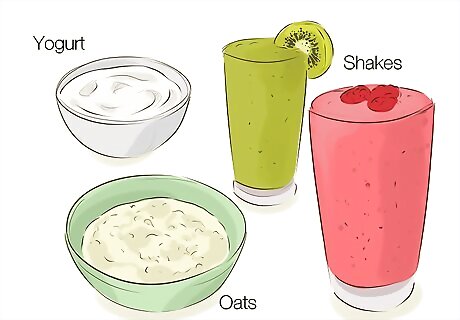
Take in liquids or mushy items only for the first 2 days of your recovery. From the swelling to the jaw pain, eating might be a little rough the first couple of days. You’ll need to stick to a liquid or near-liquid diet to get as many nutrients as you can with the least amount of chewing (and pain). A few days before your surgery, stock up on fruits and veggies for smoothies or buy as many pre-made shakes you need to get through the first 48 hours.
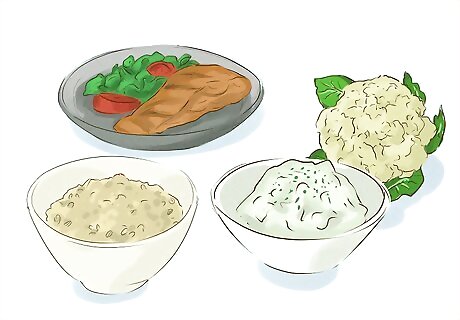
Incorporate small, soft solid foods 3 to 4 days after your surgery. For the first 1 to 3 days, you’ll need to follow a liquid or mushy diet. Once the swelling has gone down and you can talk or move your jaw without so much pain, you can try to eat small bits of solid foods like fish or well-cooked vegetables. Just be sure to chop or process solids like meats and veggies into small bits the first day you transition away from liquid or mushy foods.
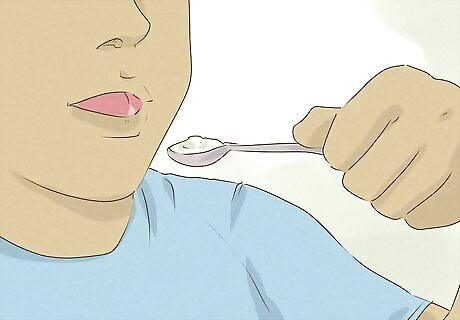
Take small bites to avoid overwhelming your jaw. Your mouth and jaw will likely be swollen and sore for a few days after your surgery. Smaller bites will be less taxing than trying to deal with large quantities of food in your mouth. Let the food rest on your tongue for a bit so your saliva can soften it up.
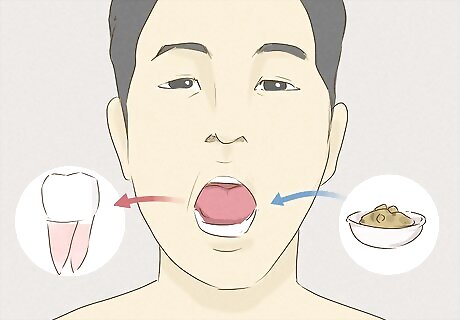
Don't chew food on the same side of your mouth as the extraction. Use the other side of your mouth to gently chew your food until you’re fully recovered. This will minimize the chance that any food bits will irritate your gums or get stuck in the site of the extraction. If you accidentally get food lodged in the extraction site, gently swish it out with warm saltwater. Don’t pick at it or try to get it out with your finger, a toothbrush, or a toothpick. If the food doesn’t come out after swishing and exacerbates any pain or swelling, call your dentist or oral surgeon right away.
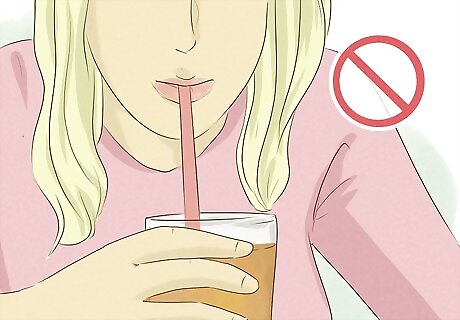
Avoid sucking anything through a straw. Straws create pressure in your mouth, which can dislodge the blood clot. Not only will this reopen the wound and cause bleeding, but it will slow down the healing process. Using wide-mouthed straws or 2 straws isn’t a better option so try to avoid straws altogether.
Choosing Liquids and Soft Foods
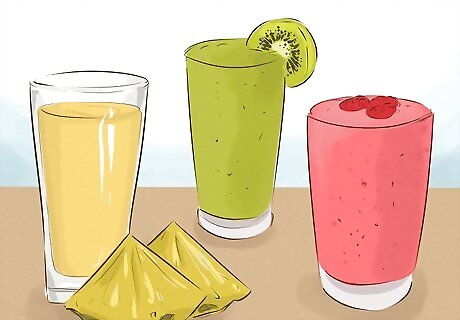
Drink healthy smoothies or meal-replacement drinks. Add lots of water or milk so the smoothie is thin and easy to drink. You won't be able to use a straw, so make sure it's loose enough to drink normally out of a cup. If you don’t want to make your own smoothie or don’t have access to a blender, buy pre-made meal replacement shakes instead. Try adding cocoa powder, banana, or frozen berries to sweeten up your smoothie. Don't add any small seeds like flax or chia because they could scrape your gums or get lodged in the site of the extraction. Avoid making smoothies with fruits like blackberries and strawberries because the seeds may not fully break down in the blender.
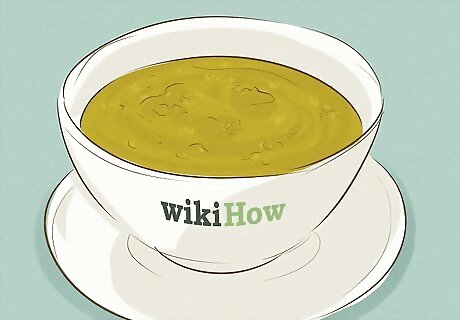
Sip on smooth, brothy soups free of chunks or chewy bits. For pre-made soups, use a strainer to take out any noodles, vegetables, or protein chunks. You can also whip up your own brothy soup from scratch by putting well-cooked vegetables into a blender with water, cream, or broth. If you like, grind up the vegetables, noodles, and chicken and put them back into the soup for a serving of protein. Make sure the soup or broth isn't too hot because excessive heat can irritate the wound.

Get whole grains and fiber with warm, runny oatmeal. Use regular oats or instant oats and avoid steel-cut varieties because they're too tough and the small bits may get lodged in the wound. Make sure the oats aren’t steaming hot when you eat them because exposing the wound to heat may increase blood flow to the area and cause the wound to start bleeding again. Oats contain a type of fiber that boosts your immune system, speeding up your recovery process. Try making overnight oats by combining equal amounts of old-fashioned (rolled) oats and your choice of milk in a bowl or jar. Stir or shake the mixture before sealing and refrigerating it for at least 6 hours.
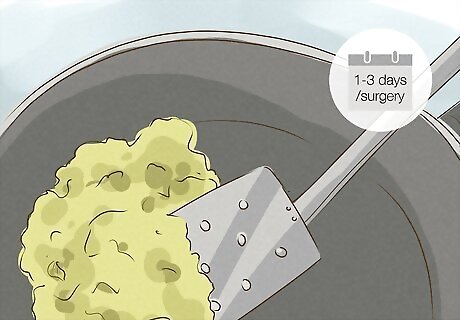
Start the day with soft scrambled eggs 1 to 3 days after surgery. Set your stove to medium heat and stir the whisked eggs as they're cooking. Once they've barely firmed, remove them from the stove, let them cool a bit, and dig in. You can also make soft poached, boiled, or sunny-side-up eggs. Add thin slices of avocado on top for a healthy serving of omega 3 fatty acids.
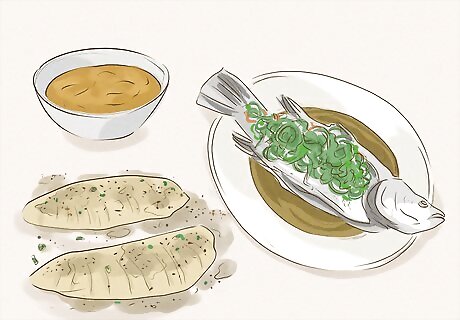
Get your protein from soft white fish, refried beans, and pureed legumes. Beans are an excellent source of protein and fiber that will fill you up with less chewing. Buy pre-made refried beans or cook your own and mash them up in a food processor. If you eat fish, soft white varieties like sole, cod, and trout are good options. Feel free to add spices and herbs like paprika, cilantro, cumin, onion powder, garlic powder, and thyme for a burst of flavor.
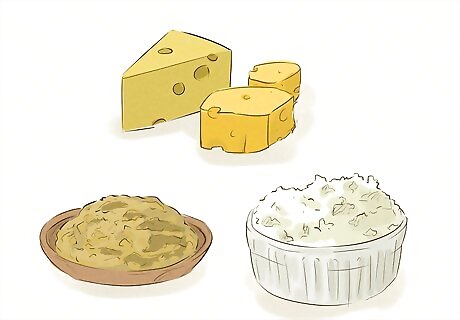
Snack on soft cheeses or add them to meals. Cottage cheese, cream cheese, and soft cheeses like brie and feta are ways to get probiotics, protein, and healthy fats while the wound is healing. Avoid eating large or thick slices of hard cheeses like smoked gouda, parmesan, cheddar, and manchego because you'll have to do extra chewing. If you want to have harder cheeses, use a fine grater to shred them first and don't eat the tough skins.
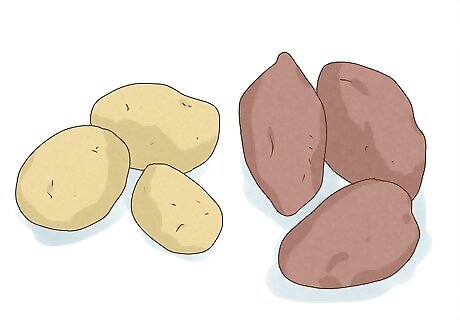
Mash skinned potatoes any way you like. Skin, chop, and boil whatever variety of potato you like—sweet potato, russet, red, white, or new potatoes are all nutritious options. Just be sure to peel the potatoes first because the fibrous skins can get stuck in the gap where your tooth used to be. You can add solid proteins and vegetables to your potatoes after day 3—just be sure to cook and dice them well so you don't have to chew as much. Add water or milk to the potatoes before you mash them to make them thinner.
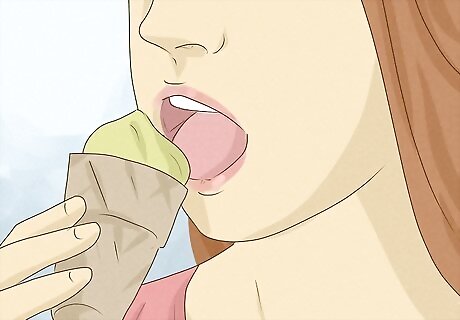
Treat yourself with pudding, jello, frozen yogurt, or ice cream. Lucky for you, these soft, sweet treats can glide down your throat with little to no chewing! Stock your fridge or freezer with any variety of pudding, jello, frozen yogurt or ice cream—just make sure to choose varieties that are free of hard chunks and toppings. For instance, avoid getting a flavor of ice cream that has waffle cone pieces or chewy cookie bits in it. You should also avoid yogurt that has blackberries or strawberries blended at the bottom. The seeds can get stuck in the wound.
Avoiding Hard or Chewy Foods
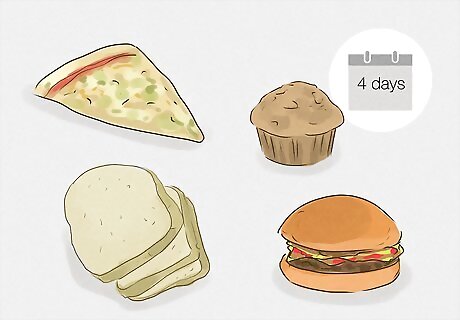
Cut out all varieties of bread for at least 4 days. Bread requires lots of chewing, so you'll have to wait until your gums are strong enough and the excavation site has mostly healed. Crunchy toast can also scratch your sensitive gums so it’s best to skip bread altogether until at least 5 days to 1 week after your surgery. This includes all types of tortillas, flatbreads, and pizzas. You may be able to enjoy extremely soft varieties of bread like sweet Hawaiian rolls after 1 week.
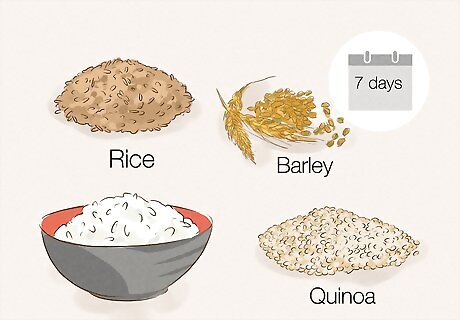
Don’t eat rice or foods with small, granular pieces. All varieties of rice are off-limits because the small, granular grains can get stuck in the extraction site. Bulgar, quinoa, farro, barley, and couscous will also have to wait for at least 7 days or until you’re able to eat normally again. This includes soups with rice or grains in them. If you only have pre-made soup with these grains, use a fine mesh strainer to remove them.
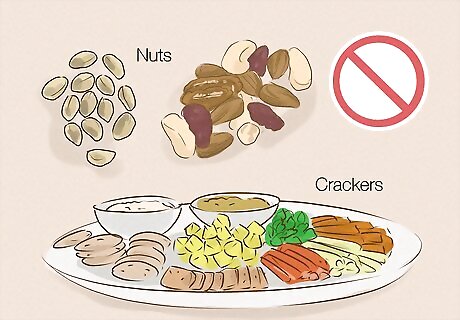
Forego hard, crunchy snack foods. Crackers, popcorn, pretzels, chips, seeds, and nuts are too sharp and crunchy to eat with exposed, tender gum tissue in your mouth. Snack on soft foods like yogurt, applesauce, and soft cheese for the first week or until the wound has completely healed. Hard, crunchy foods should be the last thing you reintroduce into your diet once you're healed up.
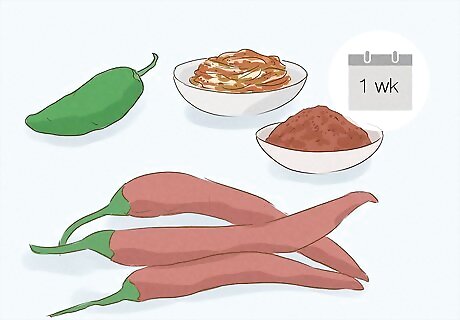
Stay away from spicy foods and condiments for 1 week. Hot sauce, spicy peppers, and spices like cayenne can irritate the wound and prolong the healing process. Instead, use salt, pepper, and mild, non-fibrous herbs to flavor your food. For example, pieces of dried rosemary leaves can scratch or get stuck in the extraction site, so choose ground rosemary powder instead.
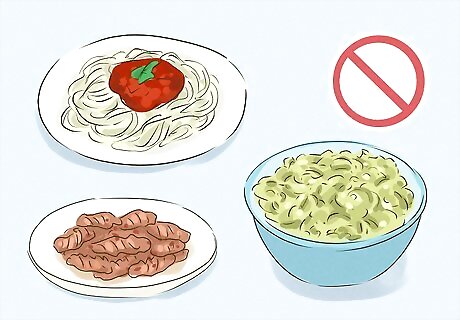
Avoid chewy and al dente varieties of pasta. Unfortunately, most varieties of pasta are going to be extremely difficult to chew. They may even stick to the site of the excavated tooth. Penne, spaghetti, orzo, and bowties and other varieties are off-limits for at least 5 days or until the wound has healed. If you can't go without pasta, macaroni and cheese is a soft, easy-to-eat option. Be sure to use lots of milk or water so it’s soft and creamy. Cooked polenta is also a great way to satisfy a craving for pasta while your gums are recovering.











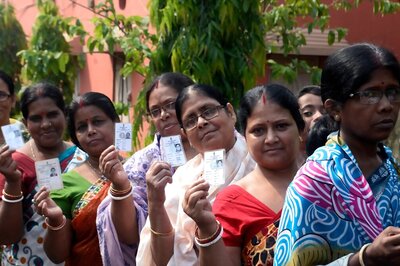



Comments
0 comment